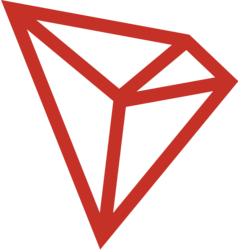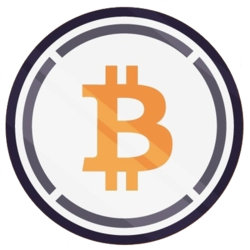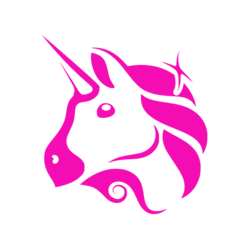Recently, a WIRED article sparked a debate in the programming community with the bold headline, "Programmers Aren’t So Humble Anymore—Maybe Because Nobody Codes in Perl." The article delved into the fading popularity of Perl, a programming language often described as the "duct tape of the internet." Despite its messy and maddening nature, Perl has long been a staple for developers grappling with complex challenges.
The Rise and Fall of Perl
Perl, created by Larry Wall in 1987, rose to prominence in the early days of the internet when simplicity and flexibility were paramount. Its ability to handle text processing tasks with ease made it a favorite among developers. However, as technology evolved and new languages emerged, Perl began to lose its luster.
In the fast-paced world of programming, languages must adapt and evolve to stay relevant. Perl's syntax, which can be cryptic and convoluted, has become a barrier for many new developers who are drawn to more modern and readable languages.
The Legacy of Perl
Despite its decline in popularity, Perl continues to hold a special place in the hearts of many seasoned developers. Its rich history and quirky syntax serve as a reminder of the human touch in programming—a departure from the often sterile and predictable nature of modern languages.
Perl's versatility and expressive power have left a lasting impact on the programming landscape, influencing the development of languages like Python and Ruby. Its legacy lives on in the DNA of modern programming, even as its usage wanes.
The Humility of Programmers
In the early days of programming, humility was a common trait among developers who worked with limited resources and faced constant challenges. The simplicity and rawness of languages like Perl required a degree of humility and perseverance to master.
As technology has advanced and programming has become more mainstream, the culture of humility among programmers has shifted. With a plethora of tools and resources at their disposal, developers may feel less inclined to humble themselves before the code.
The Evolution of Programming Culture
The shift away from humility in the programming community may be attributed to the changing nature of the industry. As demand for skilled developers continues to rise, there is a certain level of confidence and assertiveness that comes with mastery of complex programming languages.
In a competitive job market, developers often need to showcase their expertise and capabilities to stand out. This shift towards self-promotion and assertiveness may be a natural response to the evolving demands of the industry.
The Role of Perl in Modern Programming
While Perl may no longer be the language of choice for many developers, its influence can still be felt in the coding practices and philosophies of today. The lessons learned from grappling with Perl's idiosyncrasies have helped shape the way programmers approach problem-solving and creativity.
Perl's legacy serves as a reminder of the importance of experimentation and resilience in programming. The challenges posed by the language have spawned a generation of developers who are unafraid to tackle complexity head-on.
The Future of Programming Languages
As programming languages continue to evolve, the landscape of development is likely to undergo further transformations. New languages will emerge, old ones will fade into obscurity, and developers will adapt to meet the demands of the ever-changing technological landscape.
While Perl may no longer be at the forefront of innovation, its contributions to the world of programming are undeniable. As developers look towards the future, they will continue to draw inspiration from the rich history of languages like Perl.
Stay tuned for more updates and insights on the evolving world of programming!
If you have any questions, please don't hesitate to Contact Us
Back to Technology News















































